Leo Pruneau is the father of the Holden Commodore, the 1965 Chev Impala hardtop and the Holden Sandman panelvan. Back in May 2011, we met with the former GM designer to ask him about his designs and the years he spent during Holden’s legendary era
DURING a career spanning from 1961 to 1988, Leo Pruneau worked in GM’s design studios for North America, the UK, Germany, Japan and Korea. But it’s the years he spent at Holden’s Fisherman’s Bend during the legendary era of the Monaro and Torana, of Firth, Brock and HDT, that we wanted to speak to him about. He arrived here in 1969 and was head of design from ’75-’83.
Born in Sainte Genevieve, Missouri, in 1931, Leo’s father ran a successful Plymouth/Dodge dealership until a fleet of battleships was sunk in Pearl Harbor and suddenly the only new vehicles coming out of Detroit were Sherman tanks and Dodge half-tracks. Times were tough and Leo started helping his dad wheel and deal used cars.
During the post-war boom, his dad returned to the new car game with Studebaker and, barely into his teens, Leo put in long hours with new car customers. That’s when he knew his future career would be in the auto industry.
What was your first car?
A 1951 Mercury. I had it lowered, put primer on it every other month. I had a set of Edelbrock heads and dual glass-pack mufflers. It wasn’t quite a lead-sled but it was headed that way. It didn’t go that hard but we used to drag race it on the highway from time to time. It was pretty good with the ladies, though a lot of them thought it had been in a fire.
Tell us about your time at the Art Centre College of Design in Los Angeles in the late 50s.
They were the dream days of the automobile. Seventy of us started and every day we had a different class and were given an assignment we had to finish by the following week. It was damn hard, particularly as I hadn’t been much of an artist in school, but I was determined to make the most of the opportunity. Only seven graduated, with Wayne Kady and me going to GM. I went into Advanced Design and from day one [Feb ’61] I worked closely with [vice president of design] Bill Mitchell himself.
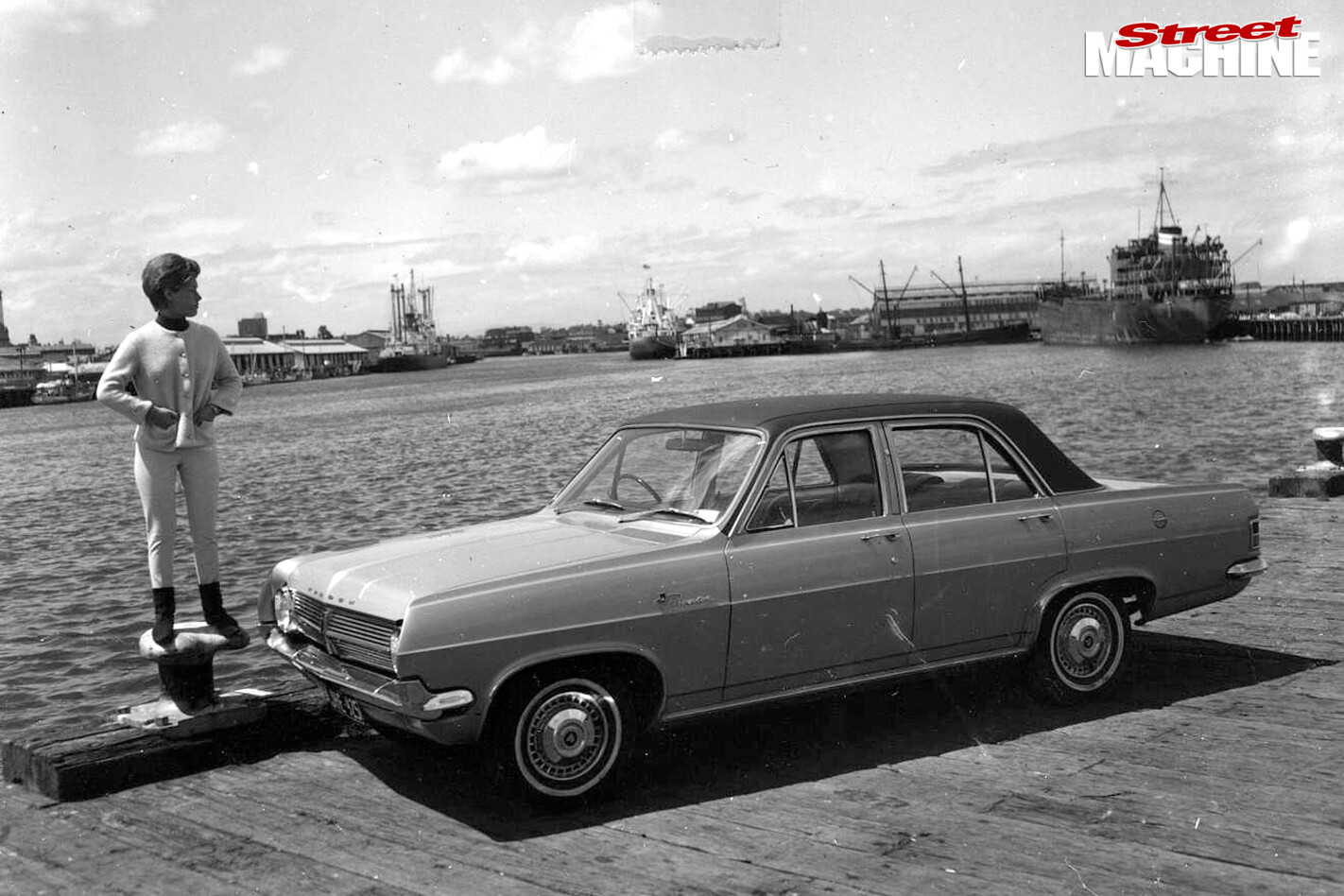 When were you first aware of the Australian auto industry?
When were you first aware of the Australian auto industry?
Within days of arriving in Detroit, Bill and Reg Hall [senior Holden engineer] were arguing about the clay model of the proposed HD. Bill wanted the car to look longer and had the blades on the front of the mudguards extended. As soon as Bill left the room, Reg had them shaved back. Bill found out about that and had them extended again.
After this happened a few times Bill did nothing until the day the Australian bosses were flying in to sign off on the design. Then he had Reg taken out for a long boozy lunch while the modellers reinstalled the extended blades. After lunch, all the executives were present and liked the car. Bill smiled and Reg couldn’t say a word. Of course, the Aussie engineers won and the [extended] blades didn’t appear on the production HD.
How was it that you came to Australia?
A couple of months after I arrived in Detroit, Bill asked me to do a small job for the yet-to-be-released UK Vauxhall Viva [eventually the HB Torana]. He liked what I designed and asked me if I wanted a stint in the UK. I’d just picked up one of the first GTOs off the line, had no passport and had barely settled in but I jumped at it. The ‘stint’ stretched into years, then in 1969 he said: “Wanna go to Australia?” I didn’t know a thing about the place but if you ever said no you were never asked again, so I agreed.
And what was your introduction to Australian muscle cars?
When I arrived, the HQ was 80 per cent ready for production. I did work like the grille but this was when the GT Falcon was doing big things in sales and Holden wanted a four-door racer to match. I wasn’t happy but tried to make the new HQ SS look the part with distinctive striping. Engineering said because the stripes were half on the bonnet and half on the mudguard they were too hard and costly. Luckily 3M had just set up shop in Australia and I was able to get stick-on stripes that could be applied after the car was built, otherwise that look never would have gone ahead.
 Any other Holden bean-counter anecdotes?
Any other Holden bean-counter anecdotes?
Every XU-1 was to have a Disney-type cartoon character to go with its paint colour — Strike Me Pink, Lettuce Alone, March 17th, all those quirky paint names were to have a specific decal, a bit like the Ford Super Roo. The bean-counters stopped that, which is a real shame — what an icon they’d be today! Bean-counters are rarely car guys; they look at the dollars or the engineering difficulty, not the final product. Back then we’d say those guys couldn’t tell their arse from a hole in the ground. That’s what’s wrong with cars today; there are too few car guys in the industry.
The HX LE Monaro was some sort of clearance sale, wasn’t it?
John Bagshaw [then sales director] came to me one day and said: “We’ve got 627 two-door bodies left and I want to white-sale them. Get it done.” A ‘white sale’ meant to do whatever we could as cheaply as possible. I was thinking it might be the last Australian muscle car ever and I wasn’t going to let them go out on a whimper. I’d just returned from the US where I saw Bill’s one-off Pontiac. It was metallic red with gold pinstriping and gold wheels, so I contacted Dulux in Adelaide, who were happy to do one-off paint jobs for us, and had them mix up a metallic red brew. Then I tracked down all the Caprice bits I could and put that and gold highlights and wheels on the car. I got a turntable and lots of portable floodlights. The bean-counters and engineers ranted and raved, but once John saw it, he was hooked. That was a win I was pretty happy with.
 Any stories that weren’t as happy?
Any stories that weren’t as happy?
Oh yes, the ‘Snooze Car’ — the journos gave me hell about that. When the Gemini first came out, it was very successful around the world. Through internal sources I heard GM Japan was working on a high-performance engine for a super-sporty Gemini. I designed a pretty wild Gemini based on the Brock Commodore but then the Japanese engine didn’t go ahead. Holden still released my Gemini in Australia and called it the ZZ/Z but it had no extra ‘go’ bits and because of the triple-Z name, it was immediately renamed the ‘snooze car’.
How about the SLE HZ Statesman — does SLE really stand for Sports Limited Edition?
Holden never had any money so anything we did was done with someone else’s parts if possible. I designed the Brabham Viva in the UK and all the bits on the HB Torana Brabham were from the Viva. Likewise, ‘SL/E’ was a badge GM already had in its inventory, so we used it, but it didn’t mean anything other than top of the range. My idea was always to have three levels of car: SL/E with every option; then delete the top-end stuff, and call it an SL; after that strip it to bare bones and call it an S. Peter Brock always wanted his Brock Commodores to be available in a similar three-tier arrangement.
 Don’t tell me ‘Radial Tuned Suspension’ was a badge GM already had too.
Don’t tell me ‘Radial Tuned Suspension’ was a badge GM already had too.
[Laughs] Yep, that took a bit of creative thinking but sorry, the badge existed before the terminology did.
You mentioned Peter Brock — did you have much involvement with him?
He would drop into design at least once a month. The design offices were off limits to everyone except the most senior executives but Brocky could come and go wherever he liked at Holden. He was a lovely bloke and we were good friends. He would often make workable suggestions and was a real car guy who was great to bounce ideas off.
Urban myths — the XU-2 and the V8 into the LJ Torana. Can you shed any light?
I could write a book on this! Harry Firth had three V8 prototypes built from brand new XU-1s, then Evan Green’s story came out [Sun Herald, 25 Jun ’72] and all hell broke loose. Around 11am Monday morning I went and had a look at the three cars; they were pink, orange and dark green. Some say one was white but that was another car that Harry made as a mule.
Anyway, after I’d had a look I went to lunch and while we were eating we heard that [managing director] Bill Gibbs had simply said: “Get rid of them.” I rushed back and all three were gone. I asked around but even at my level no-one could confirm what happened to them.
Were these cars going to be called XU-2s?
They were never going to be XU-2s no matter what photos people might have seen. I was principally responsible for the names and the XU-1 had earned such a legendary status that it’s silly to think we would throw that away by changing the name. The V8 XU-1 would have been called the XU-1 slash something — the XU-1/V for example. But I must stress, at the time of Evan’s story, no name had been selected for the XU-1 V8.
 Tell us a bit about the VC HDT Commodore and those Irmscher wheels.
Tell us a bit about the VC HDT Commodore and those Irmscher wheels.
Everything at Holden came down to money. Peter wanted a big-balls car and part of that philosophy was the biggest, widest wheel and tyre combination. There was no budget to get new wheels through the engineering certification process so we had to look elsewhere. Irmscher had done all the paperwork for those wheels so that’s what we used. It was the same story with the ADR-approved MOMO steering wheel. As to the body, I was never comfortable that Peter wanted his Holden hot rod to be super-luxurious. There could have been some weight and performance gains if it’d been more bare-bones, and I was never keen on the way it was striped, but Peter wanted balls and I’ve always thought tough race cars should have a high back end, that’s why I designed the tall wraparound rear wing; Peter loved that the moment he saw it, and the ballsy wheel arch flares.
 You were born in the US and have worked around the globe — why retire to a small Victorian country town?
You were born in the US and have worked around the globe — why retire to a small Victorian country town?
I lost count long ago of the hundreds of times I’ve flown in and out of Melbourne but every time I’d look out the window and say: “I’m going to retire down there,” and so I did. I’m a naturalised Aussie now and wouldn’t live anywhere else.
For a man who owned one of the first GTOs off the line, do you drive anything exotic now?
[Laughs] I’m a pensioner; I need a sensible car. There’s a great design story behind it and I’ll probably leave the car to the Holden museum but I doubt it’ll interest Street Machine readers — it’s a 1988 two-litre injected Camira wagon.
 Does any single car stand out as your proudest achievement?
Does any single car stand out as your proudest achievement?
That would have to be the last job Bill Mitchell gave me before I left the United States. He only gave me just a few hours to come up with a design concept. I had the parameters to work from and the whole thing just flowed beautifully. Bill loved it and it went into production. That car was the 1965 Impala two-door hardtop. Yes, I’m pretty proud of that one.
LEO’S GREATEST HITS:
Five more of Leo Pruneau’s greatest designs – plus the Sandpiper Gemini.
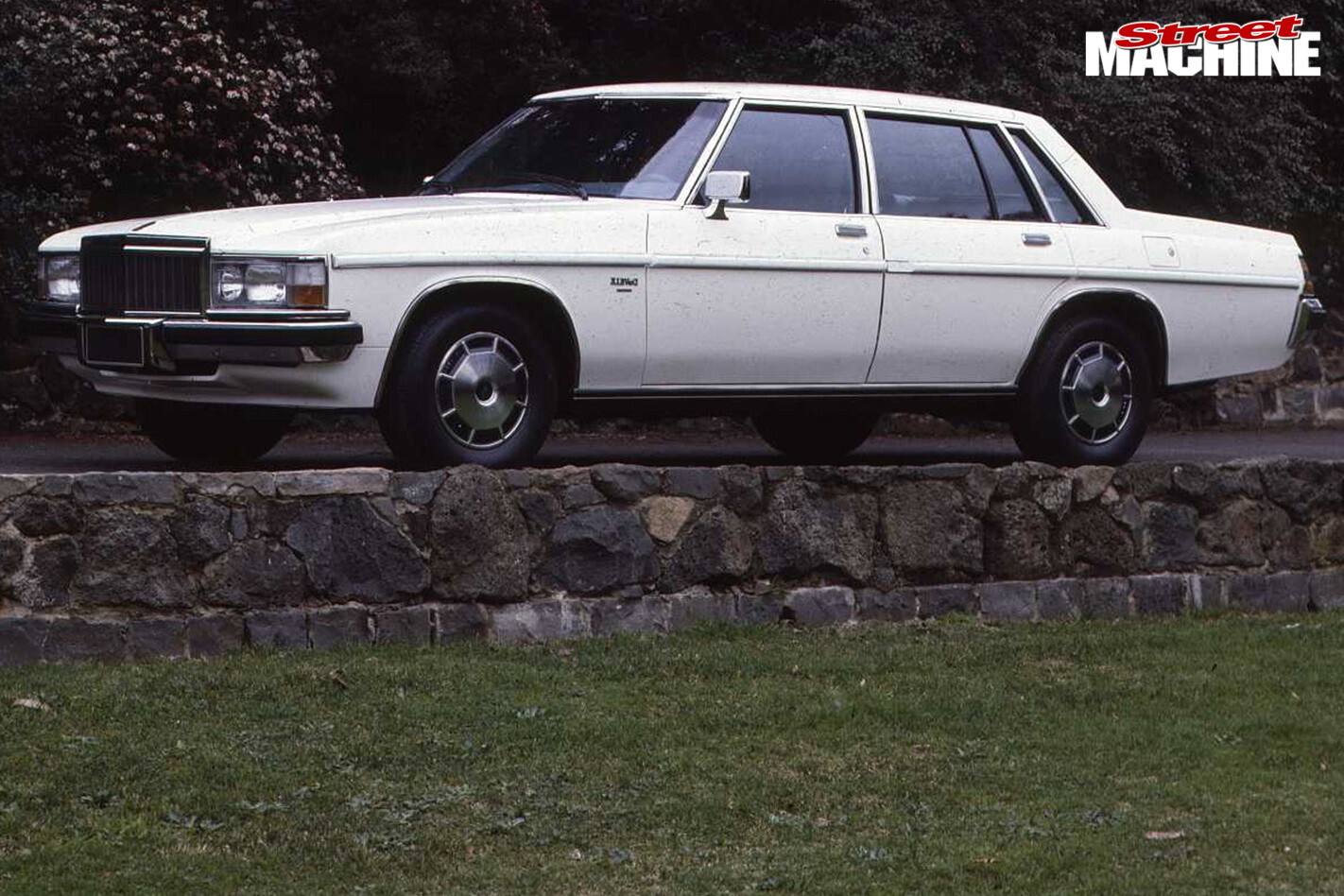 Leo was never happy that the up-market WB Statesman was expected to wear many HZ panels, especially when the Kingswood was being killed off. After all, who would buy an expensive luxury car that uses parts from a garden-variety deleted model? That was the real reason for the super-thick rub stripe down the flanks; it was soley to trick the eye, particularly with respect to the front mudguards.
Leo was never happy that the up-market WB Statesman was expected to wear many HZ panels, especially when the Kingswood was being killed off. After all, who would buy an expensive luxury car that uses parts from a garden-variety deleted model? That was the real reason for the super-thick rub stripe down the flanks; it was soley to trick the eye, particularly with respect to the front mudguards.
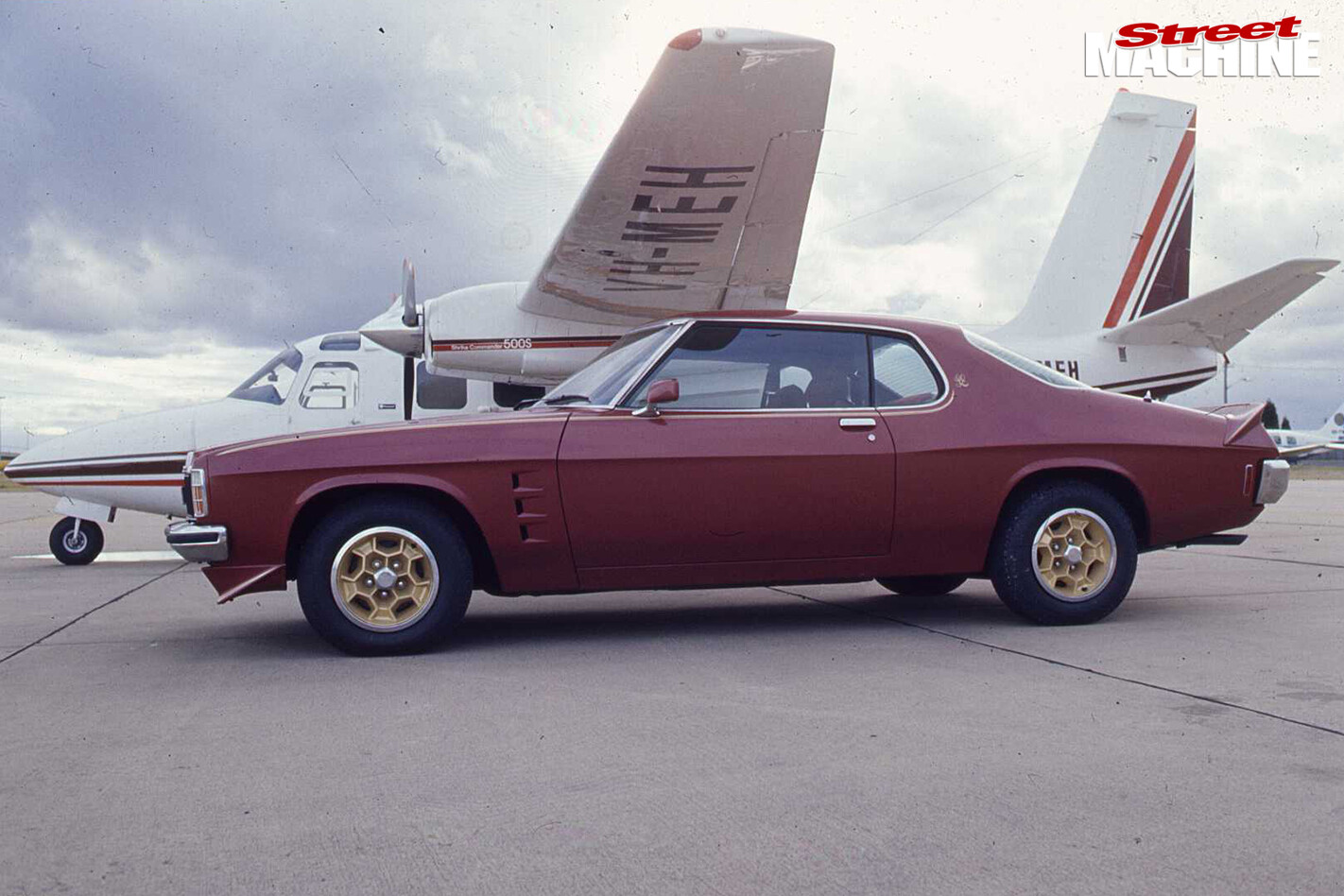 The HX LE Monaro was designed as a ‘white sale’ special to shift the last remaining two-door shells. It featured a one-off metallic paint job, gold pinstriping, Pontiac rims and lots of luxo goodies, including an eight-track stereo!
The HX LE Monaro was designed as a ‘white sale’ special to shift the last remaining two-door shells. It featured a one-off metallic paint job, gold pinstriping, Pontiac rims and lots of luxo goodies, including an eight-track stereo!
 The greatest missed opportunity in Leo’s portfolio from a fan’s perspective was the 350/Z Monaro and its companion, Old Man Emu. “These cars were our response to the rumours we’d been hearing about the Phase IV. I was worried Holden would be left behind and non-competitive. While the cars had 350 decals on them, industrial espionage was alive and well, and the decals were on there to throw Ford off the track — the plan was to fit a 400ci fuel-injected motor in Old Man Emu. It’s a pity it never got the chance to run the wheels off a Super Roo!”
The greatest missed opportunity in Leo’s portfolio from a fan’s perspective was the 350/Z Monaro and its companion, Old Man Emu. “These cars were our response to the rumours we’d been hearing about the Phase IV. I was worried Holden would be left behind and non-competitive. While the cars had 350 decals on them, industrial espionage was alive and well, and the decals were on there to throw Ford off the track — the plan was to fit a 400ci fuel-injected motor in Old Man Emu. It’s a pity it never got the chance to run the wheels off a Super Roo!”
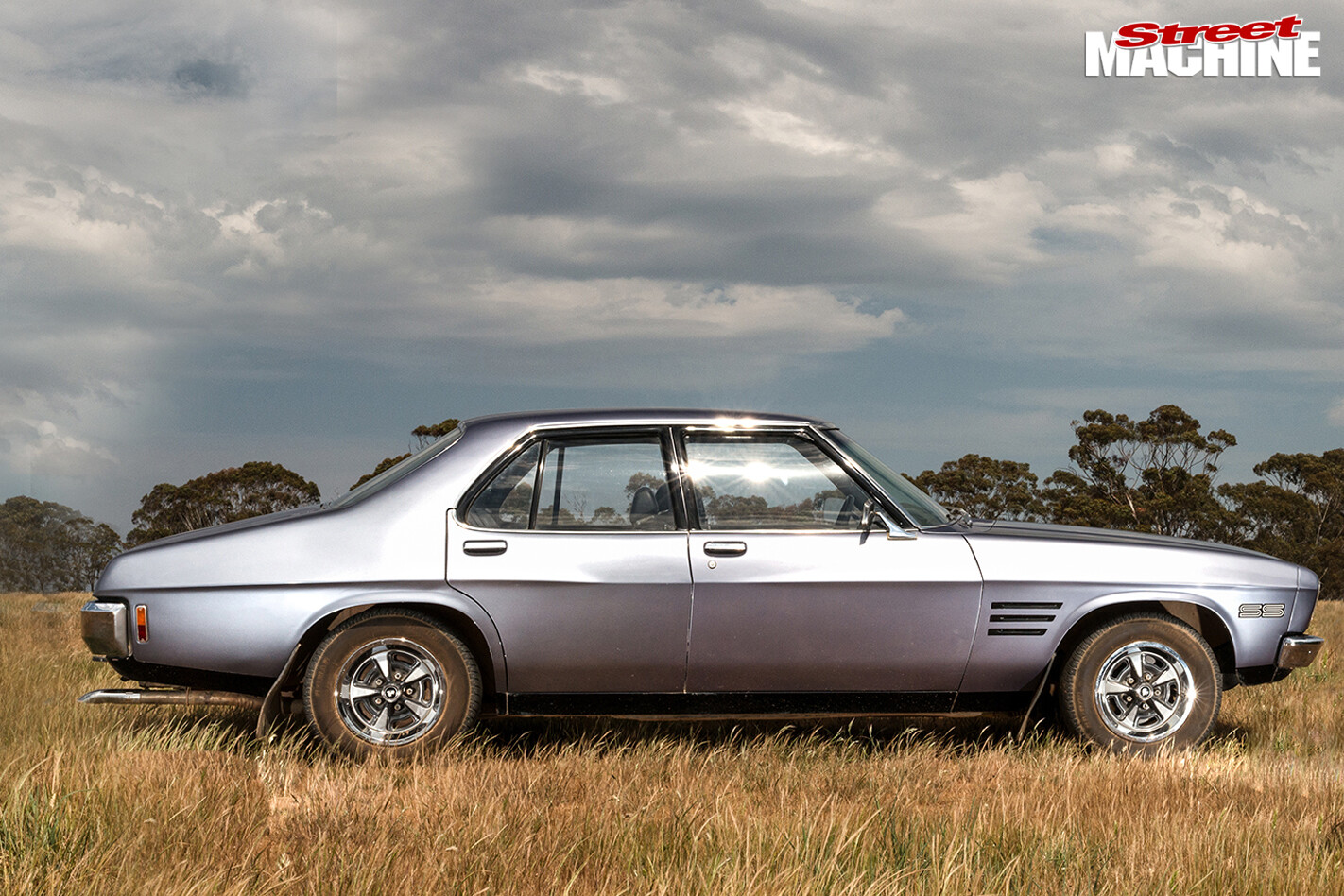 The HQ SS was a toe-in-the-water exercise for Holden, dressing up a bare-bones Belmont with stripes, some GTS goodies and a 253 and four-speed combo. Leo would have preferred to apply the design to the two-door but management said no-go.
The HQ SS was a toe-in-the-water exercise for Holden, dressing up a bare-bones Belmont with stripes, some GTS goodies and a 253 and four-speed combo. Leo would have preferred to apply the design to the two-door but management said no-go.
 The Gemini Sandpiper was a small-run marketing exercise, featuring a decal with 12 small birds on the car’s flanks. The joke was that the birds shared 13 pairs of legs. As far as Leo knows, no-one has ever picked this up. Hey, this could be a Street Machine scoop!
The Gemini Sandpiper was a small-run marketing exercise, featuring a decal with 12 small birds on the car’s flanks. The joke was that the birds shared 13 pairs of legs. As far as Leo knows, no-one has ever picked this up. Hey, this could be a Street Machine scoop!
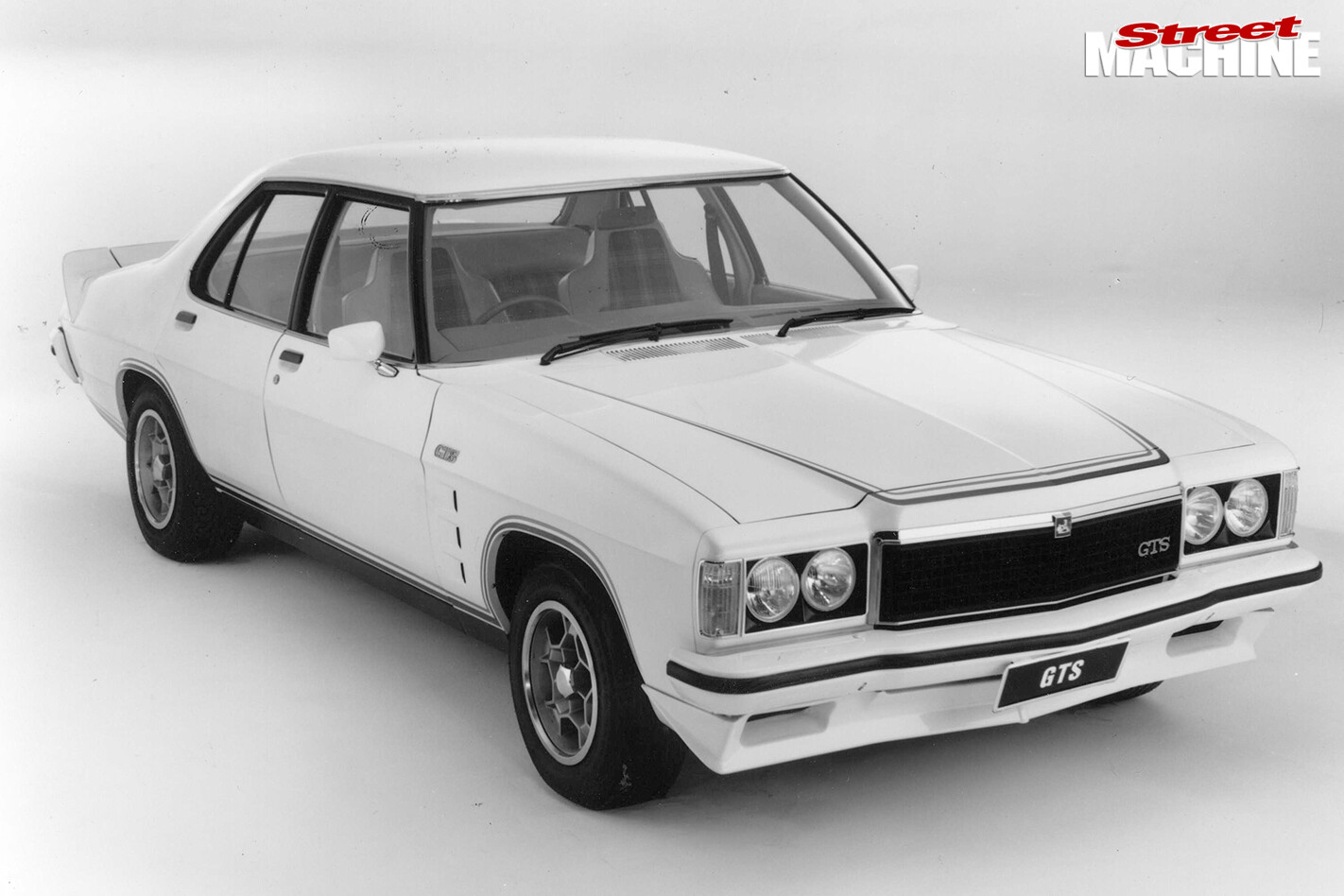 GMH brass killed off the Kingswood to run the Commodore on its own. Leo thought they should have been run side-by-side to allow the company to roll with the trends — the subsequent success of the XD-XF Falcon suggests he was probably right. The HZ GTS was the last sporting variant of the venerable bodyshape and Leo reckons its role was purely to help publicise their Radial Tuned Suspension program.
GMH brass killed off the Kingswood to run the Commodore on its own. Leo thought they should have been run side-by-side to allow the company to roll with the trends — the subsequent success of the XD-XF Falcon suggests he was probably right. The HZ GTS was the last sporting variant of the venerable bodyshape and Leo reckons its role was purely to help publicise their Radial Tuned Suspension program.
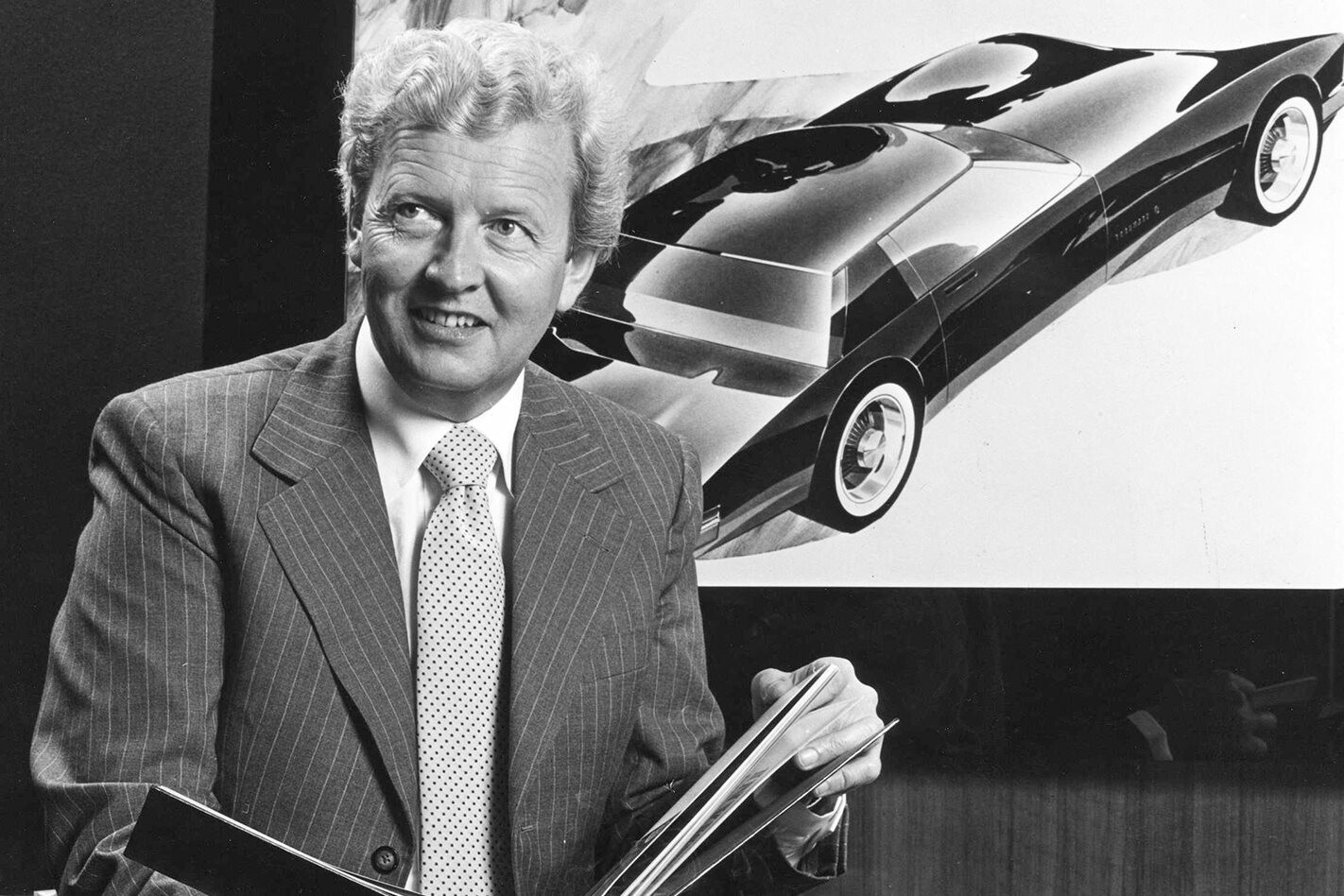


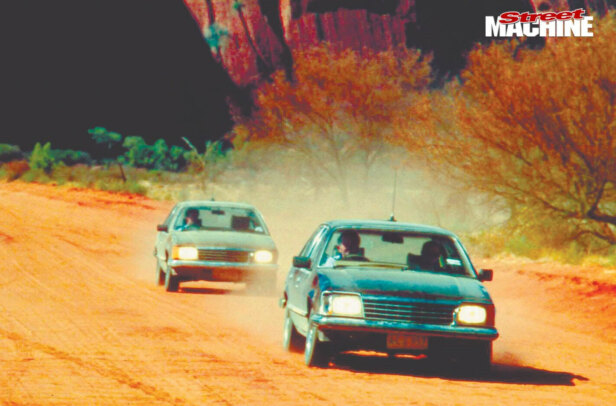
Comments